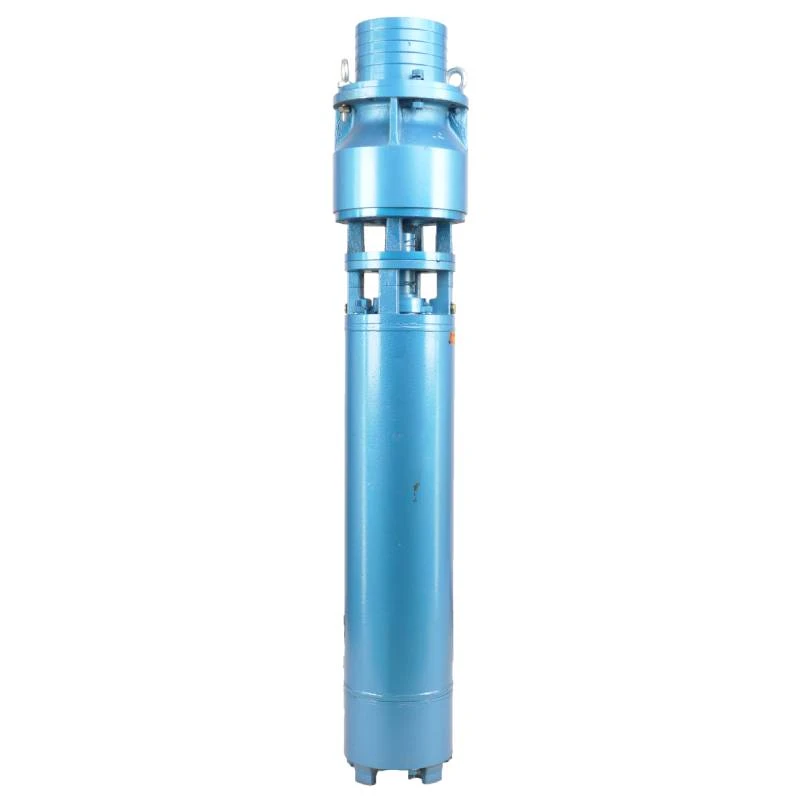10 月 . 22, 2024 10:06 Back to list
Choosing the Right Float Switch for Submersible Pumps in Various Applications
Understanding Submersible Pump Float Switches Functionality, Types, and Applications
In the realm of water management, submersible pumps play a crucial role in various applications, from draining flooded basements to managing irrigation systems. However, the efficiency of these pumps often hinges on a critical component the float switch. This article delves into the importance of submersible pump float switches, their types, functionalities, and applications.
What is a Float Switch?
A float switch is a mechanical or electrical device that detects the level of liquid within a tank, pond, or pit. It operates by using a buoyant float that rises or falls with the liquid level. When the float reaches a predetermined level, it triggers a switch, signaling the pump to turn on or off. This mechanism is vital for automatic control, ensuring that submersible pumps operate only when necessary, thereby preventing overflow or dry running conditions that could damage the pump.
Functionality of Float Switches
The primary function of a float switch is to control the operational status of a submersible pump. When water levels rise to a certain point, the float switch activates, allowing power to flow to the pump. Conversely, when the water level falls below a specific threshold, the float switch breaks the circuit, shutting off the pump. This automatic control helps maintain optimal water levels in various settings.
Types of Float Switches
There are several types of float switches available, each with its benefits and ideal applications
1. Mechanical Float Switches These are the most traditional and straightforward type. They use a physical float connected to a switch via a rod or cable. When the float rises or falls, it mechanically activates the switch. Mechanical float switches are durable and reliable, making them suitable for numerous applications.
2. Electronic Float Switches This type uses electronic sensors instead of mechanical parts. They are more sensitive and can provide a range of output signals, including analog readings. Electronic float switches are often used in environments where precise measurements are necessary.
submersible pump float switch

3. Vibrating Rod Float Switches These switches use a vibrating rod that changes frequency depending on whether it is submerged or not. This technology allows for high precision and is less affected by the physical properties of the liquid, such as viscosity or density. They are commonly used in industrial applications.
4. Ultrasonic Level Sensors Although not a traditional float switch, ultrasonic sensors can perform similar functions. They emit ultrasonic waves and measure the time it takes for them to bounce back from the liquid surface, determining the liquid level. These are non-contact solutions and are effective for corrosive liquids.
Applications of Submersible Pump Float Switches
Submersible pump float switches find applications in various fields, including
- Residential Settings Homeowners utilize submersible pumps and float switches in sump pits to prevent flooding. The float switch ensures that the pump activates when water accumulates, protecting basements from water damage.
- Agriculture In irrigational systems, float switches help manage water levels in retention ponds and reservoirs, ensuring consistent water supply for crops.
- Industrial Use Factories and plants often rely on float switches to maintain water levels in cooling towers, process tanks, and effluent pits, crucial for operational efficiency and safety.
- Wastewater Management Float switches play a vital role in sewage systems, where they control the operation of pumps to avoid overflow conditions in lift stations and treatment facilities.
Conclusion
Submersible pump float switches are essential components in water management systems, ensuring that pumps operate efficiently and prevent potential issues such as flooding or dry running. By understanding the types of float switches available and their specific applications, users can make informed decisions to optimize their water management strategies. Whether in residential, agricultural, or industrial settings, investing in the right float switch can significantly enhance the reliability and effectiveness of submersible pumps. In a world where effective water management is increasingly essential, float switches stand out as unsung heroes driving automation and safety.
-
Your Guide to Deep Well Pumps
NewsOct.31,2024
-
Why Choose a Stainless Steel Deep Well Pump?
NewsOct.31,2024
-
Understanding Water-Filled Submersible Pumps
NewsOct.31,2024
-
Understanding SS Submersible Pumps
NewsOct.31,2024
-
Reliable Submersible Well Pumps for Your Water Supply Needs
NewsOct.31,2024
-
Choosing the Right Submersible Pump for Your Water Management Needs
NewsOct.31,2024
-
 Understanding Water-Filled Submersible PumpsWhen it comes to selecting the right pump for your water management needs, understanding the different types available is crucial.Detail
Understanding Water-Filled Submersible PumpsWhen it comes to selecting the right pump for your water management needs, understanding the different types available is crucial.Detail -
 Guide to Installing a Deep Well Submersible PumpWhen dealing with deep wells, a deep well submersible pump is often the most effective solution for extracting water from significant depths.Detail
Guide to Installing a Deep Well Submersible PumpWhen dealing with deep wells, a deep well submersible pump is often the most effective solution for extracting water from significant depths.Detail -
 Finding the Right Submersible PumpWhen seeking an efficient solution for pumping water from deep wells, sumps, or other applications, the submersible pump is a leading choice.Detail
Finding the Right Submersible PumpWhen seeking an efficient solution for pumping water from deep wells, sumps, or other applications, the submersible pump is a leading choice.Detail
